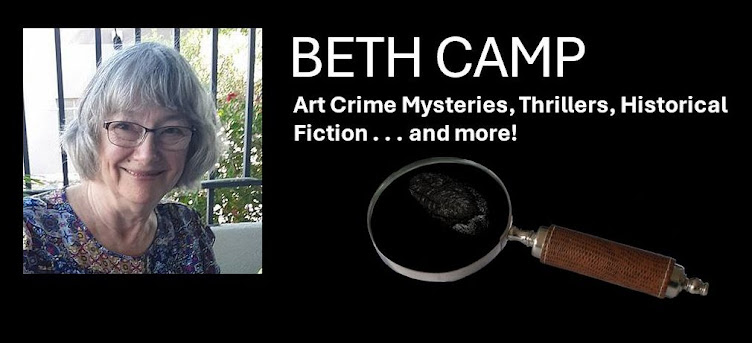In the early days of plotting a novel, ideas swirl around, and it's hard to tell who the heroine is and what the major conflicts will be, I had a sweet, young woman disguising herself as a boy to travel with her husband to the wilds of Canada. When they arrive at York Factory in Upper Manitoba, both are put to work, but Dougal is sent immediately to Fort Vancouver with the fur brigade express, while Catriona (Cat, for now, and still in disguise), is put to work at the trading post.
Paul Kane was born in Ireland in 1810, but his parents moved to Toronto around 1822. He discovered his interest in painting early and patched together a living painting signs, furniture, and portraits. Finally, he was able to cover the costs of a trip to Europe to study the great masters. Unable to afford actual classes, Kane did what many artists do today; he copied originals. While in London, Kane ran into George Catlin, that famous American painter of Indians. Enamored of Catlin's tales of the West and his paintings, Kane decided this would be his driving ambition for the aboriginal peoples of Canada.
When he returned to Canada, Kane met John Ballenden who then recommended Kane to Sir George Simpson, the head of the Hudson's Bay Company.
Simpson commissioned a few paintings for his private collection and offered Kane carte blanche to travel to Fort Vancouver. Kane very nearly missed the first leg of the journey when the boat left early, but somehow, he caught up. The rest is history, a slew of gorgeous paintings that capture native life on the Plains and in the wild upcountry of Rupert's Land.
 |
| Photograph of Paul Kane about 1850 (Wikipedia) |
Paul Kane's Wanderings of an Artist Among the Indians of North America tracks his journey with much detail, organized by date, a fascinating read. He was quick to give a hand to his fellow travelers and equally slow to leave a spot he wished to sketch. Perhaps he needed an apprentice helper along the way, someone to organize and carry his art supplies.
 |
| Paul Kane's self-portrait, about 1845 (Wikipedia) |
You can read more in Diane Eaton and Sheila Urbanek's beautifully illustrated book, Paul Kane's Great Nor-West.
One of the great joys of writing historical fiction is the invitation to dive into the research of another time and somehow reconstruct the 'reality' of what it once was like. If you write, what role does research play for you?
Check out what others are posting for the April A to Z Blogging Challenge HERE.


No comments:
Post a Comment